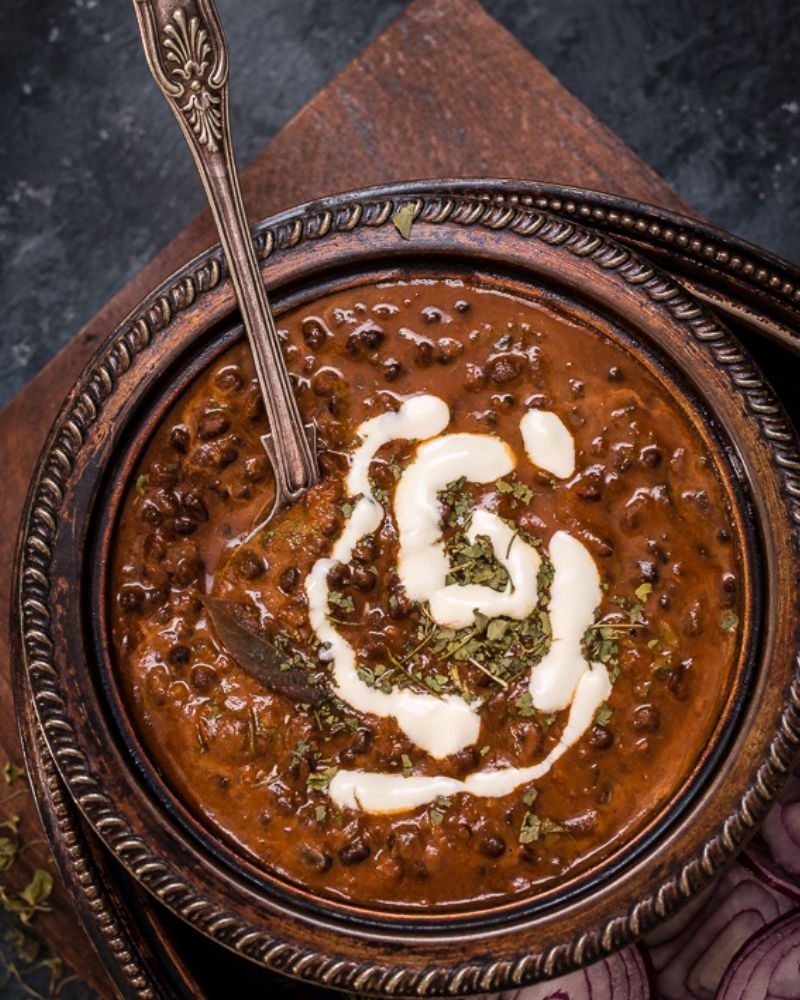DAL AND DELIGHT!
What’s the one kitchen aroma that each Indian remembers growing up with? The fragrance of bubbling dal drifting from the kitchen, giving off bursts of the sharp hing, pungent kadhi patta, and spicy mirchi. Most kids would have rumpled their noses at a bowl of dal at mealtimes. But the reluctant spoonfuls that kids gulped under their parents’ observant eyes ultimately turned into enchanting memories as they got older and grew to value the versatility, variety, and nourishing value of dals.
Certainly, if there is one dish with which Indian cuisine, and in that logic, most Indians, share an umbilical-like bond, it has to be the humble dal. Precisely the word dal signifies simply a split pulse, but in India, it has come to include dried beans and peas as well as a thick purée-like stew or soup prepared from lentils – one of the most flexible ingredients in an Indian kitchen.
A crucial part of most Indian thalis, dals can as well comprise vegetables, even meat, and there is a planet of them, ranging from the most basic (the effortless tarka dal found on most restaurant menus) to the decadent (the amazing smoky dal makhni).

While an earthy creaminess is frequent in all dals, what makes each version of this smooth dish stand out is its aromatic tempering.
Each state in India contains its favorite selection of dal, even though the most widespread ones (like masoor, tur, urad, moong, and chana dal) are used rather everywhere. Each of these dals is moreover prepared in different ways in diverse regions – while they all have an earthy creaminess in general, the aromatic tempering of spices used in each gives them noticeably unique flavors that just cannot be compared.
Whilst every version of this mellow dish is much-cherished by Indians for its simple yet deeply soothing taste, the enthralling stories behind their origins are almost unknown.
History defers some very interesting facts about dal. Lentil dishes have been recognized by Indians since very early times. Archaeological evidence specifies that the Indian dal made its first emergence in the Indus Valley Civilization, where lentils – of all types – were a staple food.
By the way, what hasn’t been amended is that even today, this dish is more of a snack than an element of the main course and is served with an assortment of garnish.
So if you are a die-hard admirer of the humble Indian dal, take things up a notch and tease your taste buds a little more with the amazing ones at Desi Hype!
